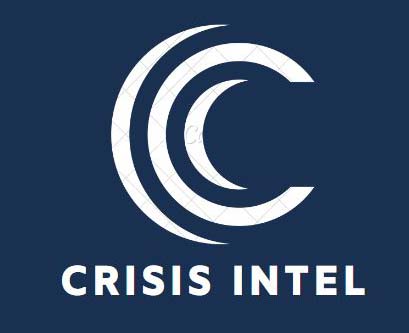Emergency Response and Crisis Management
Emergency Preparedness:
This segment focuses on strategies and initiatives aimed at enhancing emergency preparedness. Key aspects include:
- Emergency Planning: Discussing the development of comprehensive emergency plans at the federal, state, and local levels, including hazard identification, risk assessment, and the establishment of response protocols.
- Training and Exercises: Exploring training programs and exercises designed to prepare emergency responders, government officials, and the public for effective response during emergencies. This includes drills, tabletop exercises, and simulations.
- Resource Management: Highlighting the importance of resource inventory, stockpiling emergency supplies, and establishing mutual aid agreements to ensure the availability of necessary resources during crisis situations.


Crisis Communication:
This segment emphasizes effective communication strategies for disseminating information, instructions, and warnings to the public during emergencies. Key aspects include:
- Public Alert Systems: Discussing the use of alert systems, such as sirens, emergency broadcasting systems, and mobile notifications, to rapidly communicate important information to the public.
- Media Relations: Exploring the role of media relations in crisis communication, including press conferences, news releases, and coordination with media outlets to ensure accurate and timely information reaches the public.
- Public Information Campaigns: Highlighting the importance of public information campaigns to educate the public about emergency preparedness, response procedures, and available resources.
Incident Management:
This segment focuses on the coordination and management of resources, personnel, and response efforts during crises. Key aspects include:
- Incident Command Systems (ICS): Exploring the establishment of ICS, which provides a standardized organizational structure for coordinating emergency response efforts, allocating resources, and managing operations.
- Emergency Operations Centers (EOCs): Discussing the role of EOCs as central command and control centers for coordinating multi-agency response efforts, communication, and decision-making during emergencies.
- Resource Mobilization: Highlighting the coordination of resources, such as personnel, equipment, and supplies, to support response operations and ensure efficient use of available assets.

